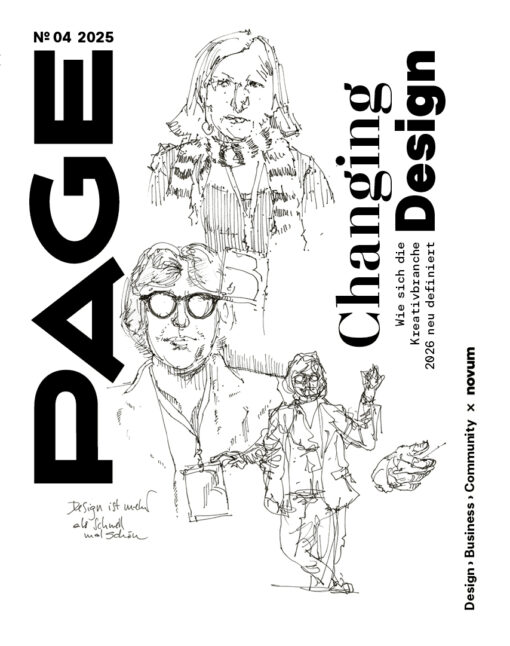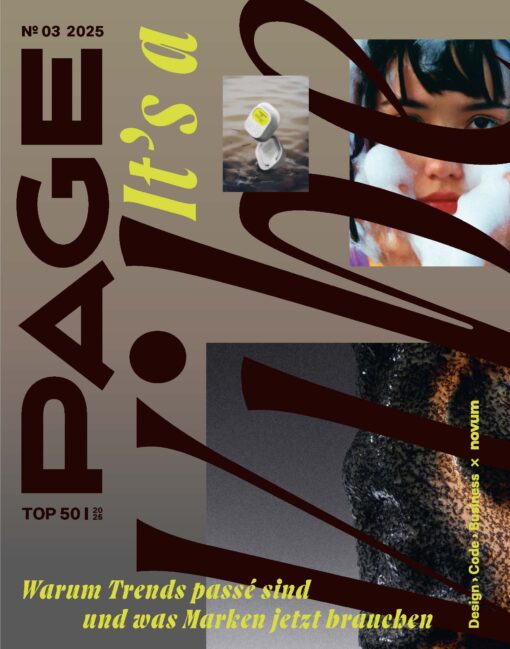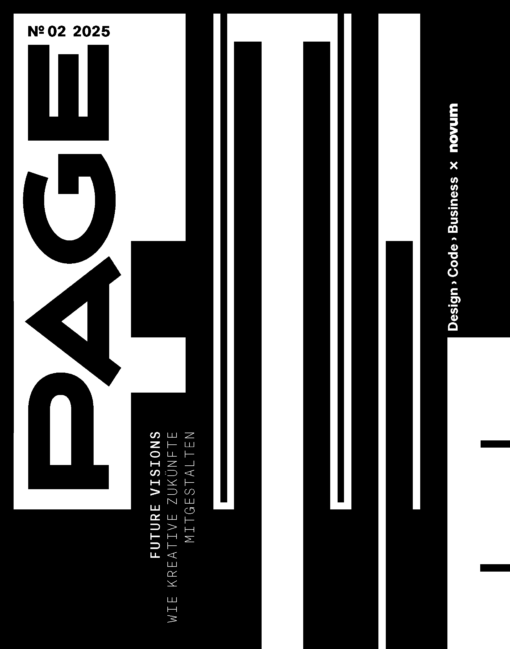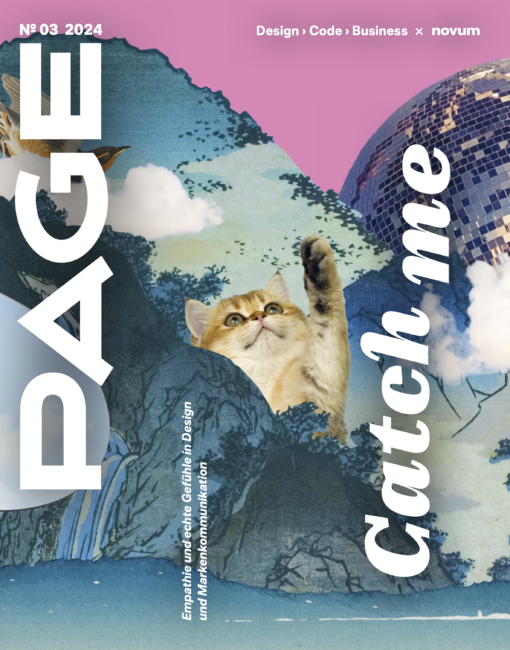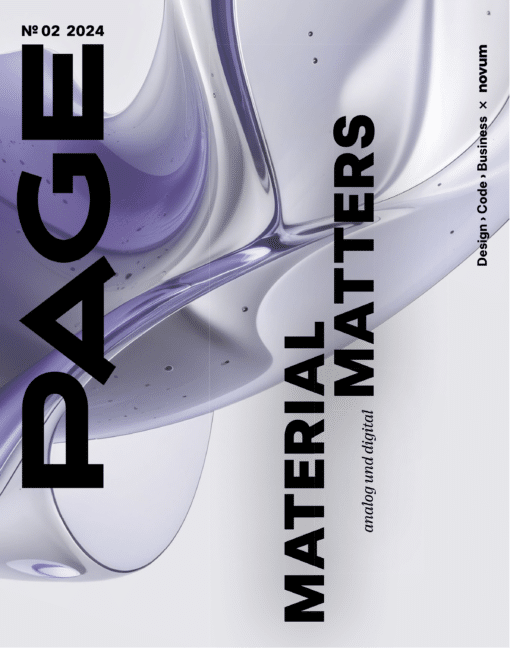Benedetta Crippa ist Grafikdesignerin, Dozentin und Researcher und betreibt in Stockholm ihr eigenes Studio. Ihre praxisbezogene Forschung zur visuellen Nachhaltigkeit ist als wichtiger Beitrag zum Diskurs über nachhaltige Designpraxis anerkannt und wurde unter anderem in Publikationen von MIT Press, AIGA und PrincetonArchitectural Press veröffentlicht.
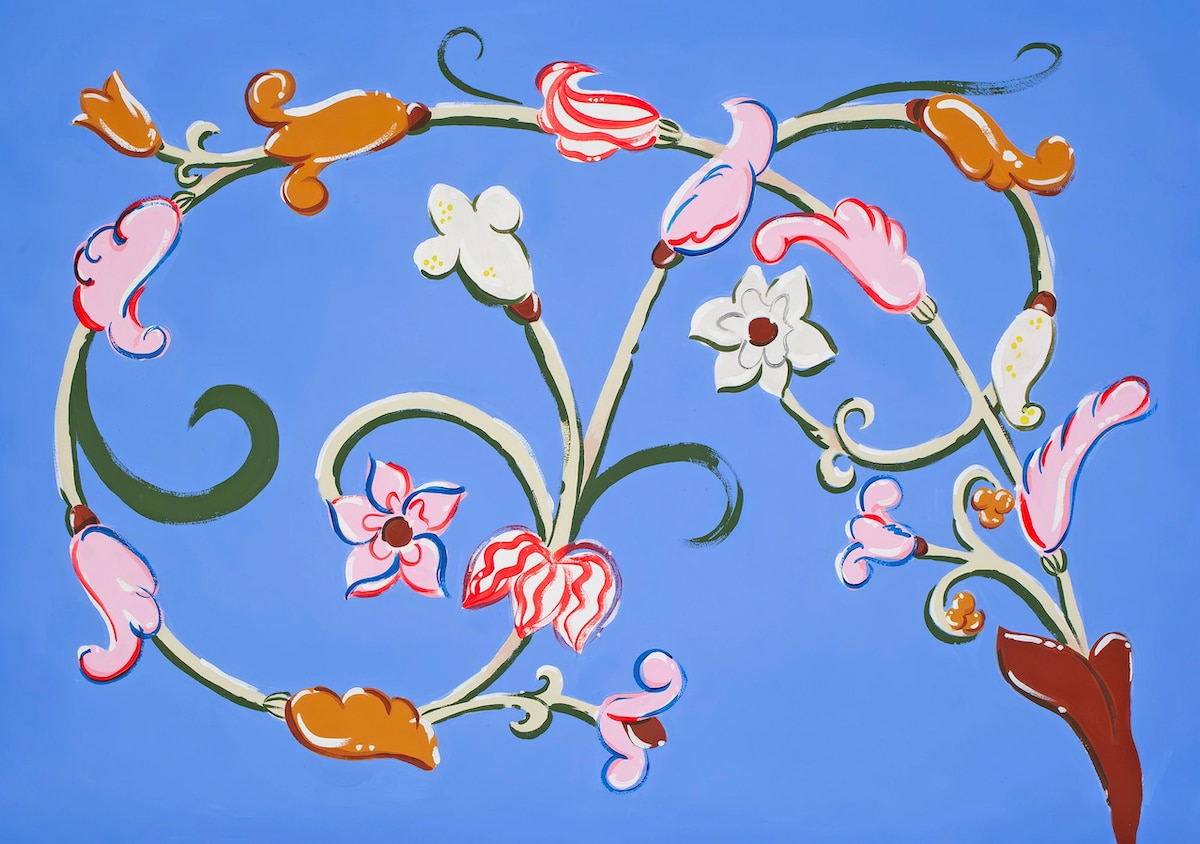
Benedetta Crippa: ornamental painting For You, My Love (Copyright © Studio Benedetta Crippa, June 2024).
Die gebürtige Italienerin sieht sich als Generalistin. Sie gestaltet im gesamten Spektrum des Grafikdesigns, vor allem Visual Identities, aber auch ornamentale Aufträge und alles, was dazwischen liegt. Benedetta Crippa will Projekte realisieren, die gleichzeitig schön und gut umgesetzt sind, das Leben derer, die sie sehen, bereichern und einen Beitrag zum sozialen Fortschritt leisten. »Es gibt immer einen Aspekt von Macht oder sozialer Gerechtigkeit, auf den mein Design reagiert,« sagt sie. »Für mich ist es wichtig, dies nicht nur durch den Prozess oder die Geschichte, die das Design erzählt, zu tun, sondern vor allem durch die visuellen Entscheidungen, die Art und Weise, wie das Werk visuell wirkt. Ich möchte mit meinen Designs eine bezaubernde, lebenswerte Welt schaffen.« Benedetta Crippas Arbeiten wird nachgesagt, dass sie eine neue visuelle Sprache einführen, die frei von strengen Kategorisierungen ist.
Die wichtigsten kreativen Einflüsse der Designerin kommen aus Mode und Folk Art. Mode, weil sie sich immer wieder erneuert, indem sie die visuelle Freiheit in den Mittelpunkt stellt. Folk Art bringt – frei von Prestige – Schönheit in den Alltag. Benedetta Crippa betrachtet Design als angewandte Kunst, eine kreative Intervention, die einem bestimmten Bedürfnis dient und nahe am Leben der Menschen ist. Neben ihrer gestalterischen Tätigkeit unterrichtet sie und führt praxisbezogene Forschung zu dem durch, was sie »Visuelle Nachhaltigkeit« nennt. Wir fragten Benedetta Crippa was es mit diesem Begriff auf sich hat, was sie ihren Studierenden vermitteln will und wie sie von Italien nach Stockholm gekommen ist.
















